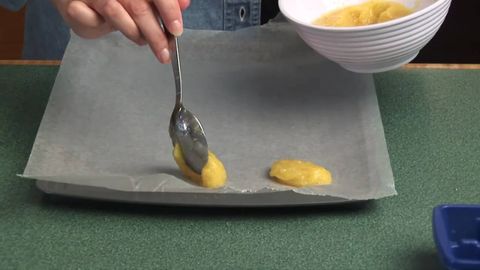
Subtitles & vocabulary
How to Make Homemade Baby Food
00
Furong Lai posted on 2012/12/14Save
Video vocabulary
can
US /kən,kæn/
・
UK /kæn/
- Modal Verb
- Able to; have the skill to; have the time to
- To have permission to
- Countable Noun
- A metal container for storing food
A1
More wrap
US /ræp/
・
UK /ræp/
- Countable Noun
- Piece of clothing worn loosely on the shoulders
- Thin bread filled with food and rolled
- Transitive Verb
- To be or move around something
- To cover something with paper or a cloth e.g. gift
B1
More sheet
US /ʃit/
・
UK /ʃi:t/
- Noun (Countable/Uncountable)
- Piece of cloth you put on the bed to sleep on
- Piece of thin flat metal, plastic or glass
A2
More plastic
US /ˈplæstɪk/
・
UK /'plæstɪk/
- Uncountable Noun
- Stiff but usually flexible man-made material
- Adjective
- Being easily formed or shaped
A2
More Use Energy
Unlock All Vocabulary
Unlock pronunciation, explanations, and filters
